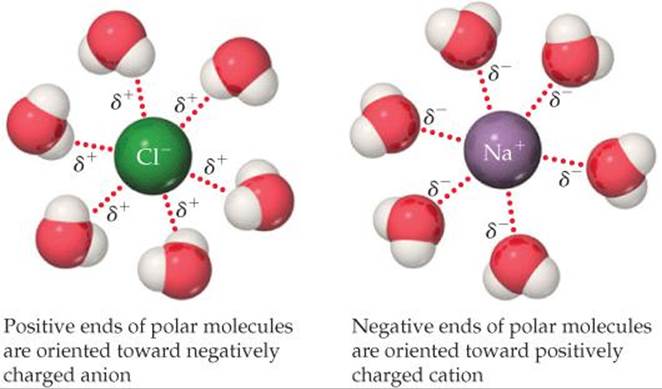

(v) While the combination of 2p x and 2p y orbitals produce MO’s which are not symmetrical about the bond axis. (iv) If the z-axis is taken as the internuclear axis, a linear combination of two 2p z orbitals produces two sigma M.Os σ2p z and σ*2p z. (iii) Similarly linear combination of two 2s atomic orbitals produces two M.Os – σ2s and σ*2s. (ii) Linear combination of two 1s atomic orbitals produces two M.Os – a BMO σ1s and an ABMO σ*1s. the σ (sigma) M.Os are symmetrical about the bond axis, while the pi M.Os are not symmetrical. (i) M.Os of diatomic molecules are designated as σ (sigma), π (Pi), δ (delta), etc. (iii) The extent of overlapping should be large. (ii) The combining atomic orbitals must have the proper orientation. (i) The combining atomic orbitals should have comparable energy. Represented by σ and π Represented by σ* and π*.Ĭonditions for combination to atomic orbitals to form molecular orbitals: Lower energy, greater stability Higher energy, lower stability The M.O formed by the addition of A.Os is called the bonding molecular orbital (BMO) and by the subtraction of A.Os is called the anti-bonding molecular orbitals (ABMO).īonding Molecular Orbitals Anti Bonding Molecular Orbitalsįormed by the addition of atomic orbitals Formed by the subtraction of atomic orbitals According to this theory, the combinations of atomic orbitals take place by the addition and subtraction of wave functions of atomic orbitals. Molecular orbitals are formed by the combination of atomic orbitals by an approximate method known as the Linear Combination of Atomic Orbitals (LCAO). (viii) The molecular orbitals are filled according to 3 rules – Aufbau principle, Pauli’s exclusion principle, and Hund’s rule.įormation of molecular orbitals – Linear Combination of Atomic Orbitals (LCAO) method:

(vii) The shapes of the molecular orbitals formed depend upon the type of combining atomic orbitals. (vi) The bonding molecular orbitals are represented by σ (sigma), π (Pi), δ (delta), and antibonding are represented by σ*, π*, δ*. (v) The bonding molecular orbital (BMO) has lower energy and hence greater stability than the corresponding antibonding molecular orbital (ABMO). (iv) When two atomic orbitals combine, they form two new orbitals called ‘bonding molecular orbital’ and ‘antibonding molecular orbital’. (iii) The number of molecular orbitals formed is equal to the number of combining atomic orbitals. (ii) Only those atomic orbitals can combine to form molecular orbitals which have comparable energies and proper orientations. The new orbitals formed are called molecular orbitals. (i) When two atomic orbitals combine or overlap, they lose their identity and form new orbitals. The important postulates of this theory are: Molecular Orbital Theory: This theory was developed by F.Hund and R.S Mulliken. Molecular Orbital Theory and Hydrogen Bonding: Molecular Orbital Theory and Hydrogen Bonding


 0 kommentar(er)
0 kommentar(er)
